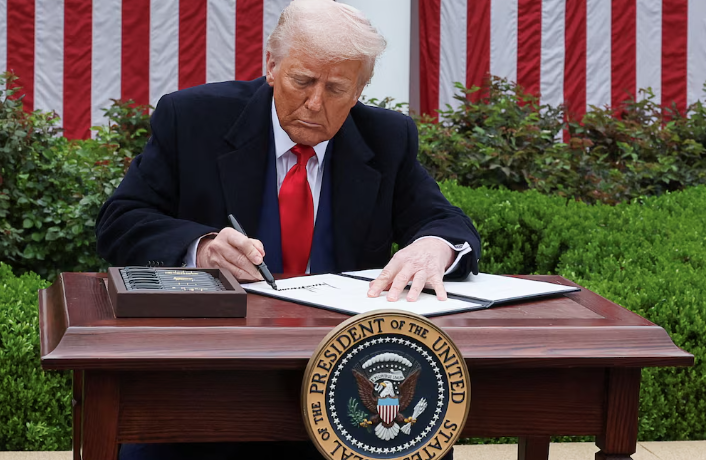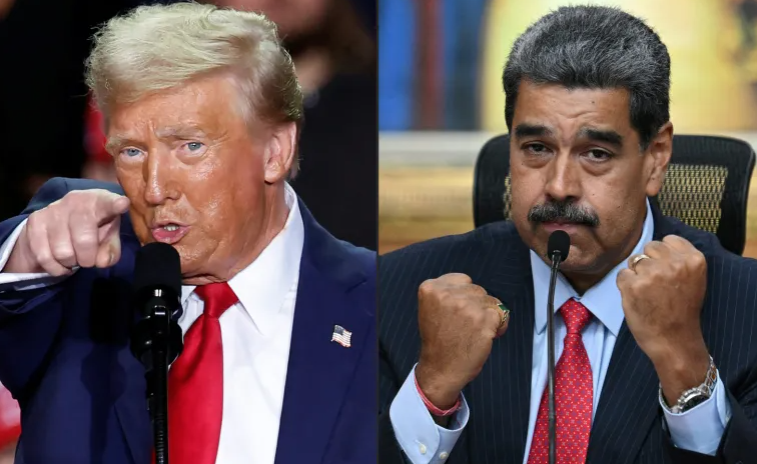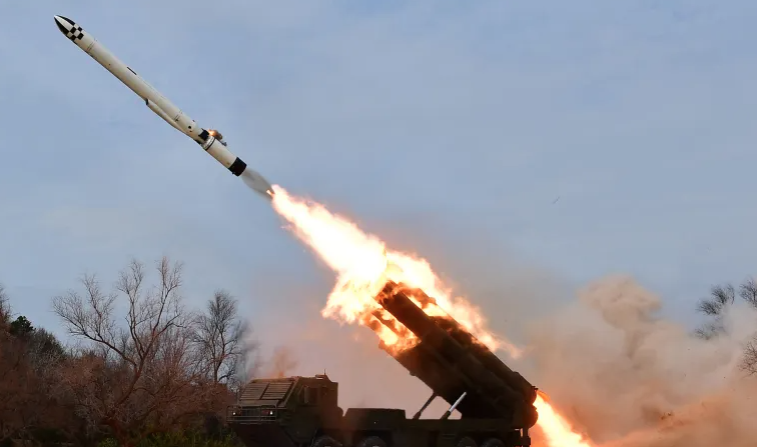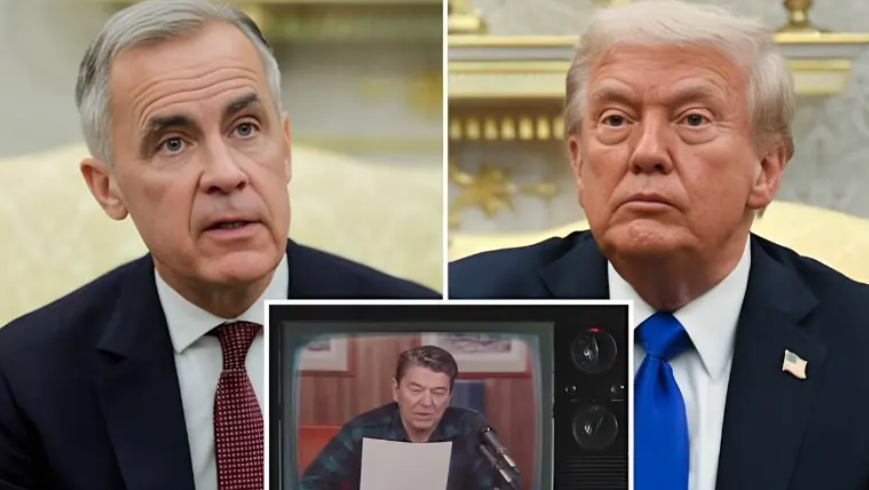WORLD NEWS

The U.S. Supreme Court is set to hear arguments this week on the legality of President Donald Trump’s sweeping global tariffs, a move that has rattled companies, trade partners, and investors worldwide.
For Bill Canady, CEO of Ohio-based factory equipment manufacturer OTC Industrial Technologies, the tariffs have turned global supply chains upside down. “We moved things out of China and went to some of those other countries, and now the tariffs on those are as bad or worse,” Canady told Reuters. “We just have to hang on and navigate our way through this so we don’t all go broke in the short run.”
Trump’s tariffs—imposed under the 1977 International Emergency Economic Powers Act (IEEPA)—have drawn legal scrutiny after lower courts ruled that the former president overstepped his authority by declaring a $1.2 trillion trade deficit a “national emergency.” The Supreme Court’s conservative majority, which has sided with Trump on key cases this year, will now determine whether those tariffs stand.
If struck down, the administration could be forced to refund more than $100 billion in collected tariffs and forgo hundreds of billions in future revenue—a move that could roil financial markets. U.S. Treasury Secretary Scott Bessent has said the administration would pivot to other legal authorities to maintain tariffs, including Section 122 of the 1974 Trade Act and Section 338 of the 1930 Tariff Act, suggesting that Trump’s tariffs “are here to stay.”
The tariffs, ranging from 15% to 50%, cover a wide range of sectors—from autos and semiconductors to copper, robotics, and aircraft—under provisions tied to national security and unfair trade practices. Administration officials argue the policy has forced nations like Japan and the EU to make concessions that benefit the U.S.
However, countries such as China have resisted. In talks with Chinese President Xi Jinping last week, Trump agreed to halve tariffs on Chinese goods related to fentanyl in exchange for a temporary pause in Beijing’s rare-earth export restrictions. China also agreed to resume U.S. soybean purchases while the U.S. delayed new port fees for Chinese vessels.
Economists warn that the tariffs are fueling inflation and squeezing corporate profits. Oxford Economics estimates the levies have added 0.4 percentage points to the U.S. Consumer Price Index, while corporations have reported $35 billion in tariff-related costs ahead of third-quarter earnings.
“The new normal is going to be 15%,” Canady said, predicting the tariffs will persist regardless of the court’s decision. “They’re going to call it whatever they need to call it so that it is not challengeable.”
For now, both U.S. firms and global markets are watching closely as the Supreme Court prepares to weigh one of the most consequential trade law cases in modern American history—a ruling that could redefine the balance between presidential power, global commerce, and economic stability.




